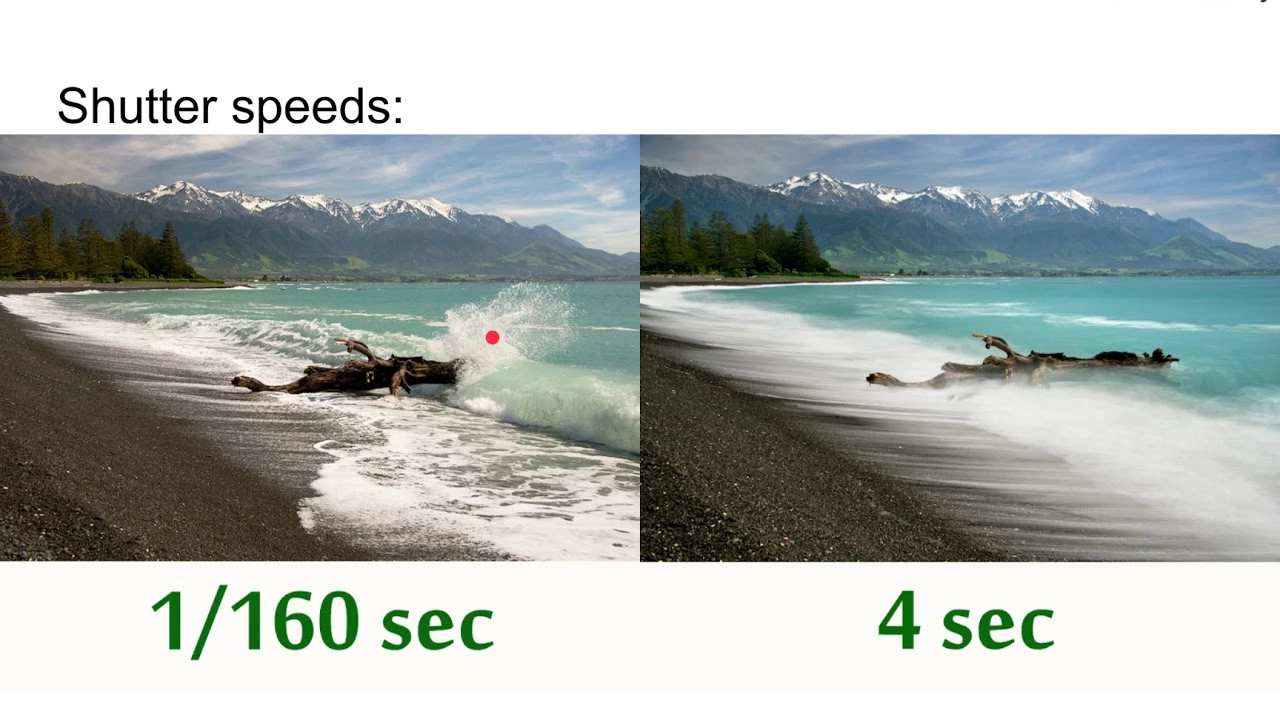Peeling Back the Layers of Frame Rate Versus Shutter Speed
Let me tell you a funny story. On my son Leroy's last birthday, I decided to capture his party on video. As an avid photographer, I thought it shouldn't be much different, right? Boy, was I mistaken. There's more to videography than meets the eye. Frame rate and shutter speed, often confused as being similar, are different beasts. Understanding these two parameters is crucial for achieving professional-quality videos, and learning the difference certainly made a lot of difference on my daughter Tabitha's birthday video. So, allow me to delve into the two terms and shed some light on their distinctions.
Decoding Frame Rate: Beyond Still Images
Imagine you're flipping through a sketchbook where each drawing is slightly different. When you flip through fast enough, our brain perceives the series of still images as motion; it's exactly how animation or movie works. In the realm of video, this concept applies as 'frame rate.' It refers to the number of individual video frames that your camera captures per second. Typically, the standards are 24, 30, or 60 frames per second (fps), and each has its significance. For instance, Hollywood movies are usually shot at 24 fps, creating a certain "cinematic" look. My home video of Leroy's party? I shot it at a standard 60 fps, not knowing any better. Lesson learned.
Shutter Speed: The Invisible Hand that Controls Light
Now, if we're talking about shutter speed, we're discussing how long the camera sensor is exposed to light. With a faster shutter speed, you capture sharper images with less motion blur. For my still photography endeavours, this has often come in handy. I remember when I was trying to capture a bird in flight, a higher shutter speed let me freeze the bird's motion in mid-air. But when it comes to making videos, it's a whole different ball game. If your shutter speed is too high while recording videos, the resulting footage can look jittery or unnatural. Trust me, I learned this the hard way. Imagine watching a video of people moving like they've had one too many cups of coffee - that was my Leroy's birthday video.
Understanding the Relationship: The 180-Degree Rule
Here's an interesting piece of trivia - what does videography have to do with a protractor? Well, the relationship between frame rate and shutter speed can be best described by the 180-degree rule. The rule suggests that your shutter speed should be roughly double your frame rate for optimal motion blur. It's like tango dancing; each aspect has to be in step with the other for the dance to look graceful and seamless. Fail in this, and you have a visual disaster on your hands. Do you see where I'm going with this? Yes, you've guessed it. I completely disregarded this cardinal rule while filming Leroy's birthday. Consequently, I ended up with overexposed, unnatural-looking footage.
Breaking Down the Impact on Your Video
Remember, the whole point of having control over your frame rate and shutter speed is to create a compelling visual narrative. The frame rate can affect the 'feel' of your video. Lower frame rates tend to create a cinematic, slightly dreamy sequence (24 fps, remember?), while higher rates can facilitate slow-motion effects when played back at a lower speed. As for the shutter speed, if you remember the 180-degree rule, it will maintain a balance of motion blur and sharpness. A higher shutter speed will make everything super crisp which, unless you're filming an action scene, can look unnerving to the viewer. Do you want those awkward dance moves at a birthday party to look unnaturally sharp? I didn't think so. Take it from me, stick to the rule.
Mastering the Balance and Perfecting Your Video
Remember, every rule in art is made to be broken. Even the 180-degree rule. You can break it once you understand it well and for a particular effect. Don’t just blindly follow it like I did. Play around with your frame rates and shutter speeds. Try something unusual. Experiment with slow-motion or super crisp action shots. Push the boundaries of your prowess and the limits of your camera's capacity. As for me, it's safe to say my videography skills will not be put to the test anytime soon as I'll likely hire a professional for the next big event. Remember, learning is a never-ending process, and who am I kidding? Life is too short for regrettable home videos. So, if you're like me and you like to play around with a camera every now and then, take these tips into consideration. After all, we all want to capture our life moments in the best light possible, don't we?
